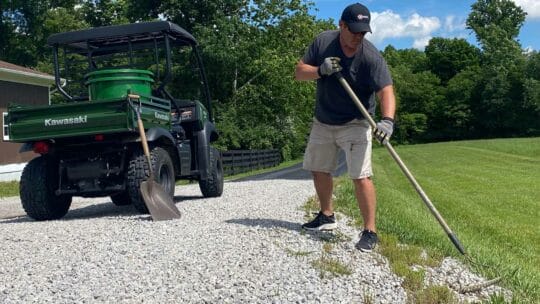
Daniel Arms’ Property Cultivation Tips & Techniques
In this season’s inaugural Living Rural “Property Ownership 101” photo essay, Michael Waddell explained how property management for folks like him—specifically wildlife management—is a responsibility all landowners must embrace in some fashion. In this installment, however, fellow homesteading veteran Daniel Arms is here to discuss how property cultivation, or hobby farming (growing plants and/or raising animals as domestic food sources), is an opportunity waiting to be taken advantage of by those choosing to.
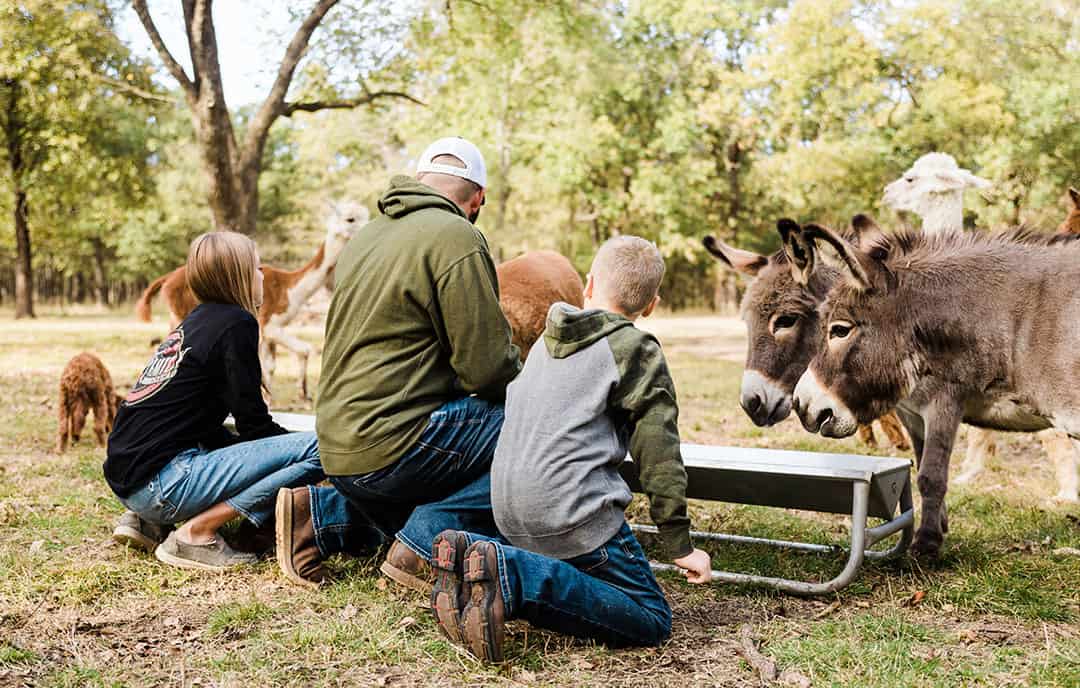
If your family’s move to the country was—or is being—fueled in large part by a yearning to literally “enjoy the fruits of its labors,” then you’ll need to create, and regularly revisit, formal short- and long-term cultivation plans that align with your goals and personal interests. And, as a second-generation, rural-Oklahoma property owner, Daniel’s lifetime of hands-on experience will help guide you through putting them in place.

The Arms Family Homestead YouTube host begins by clarifying that “producing your own food from the land doesn’t have to mean never visiting the grocery store.” As with Waddell’s property management philosophy, Daniel suggests starting with small, manageable plant cultivation or animal production projects before attempting to tackle larger ones. “Just think of it as ‘getting in the know’ as you grow,” he adds. Not only will doing so increase your odds of success right out of the gate, but it’ll also serve as a valuable reminder of the amount of work that’s entailed.
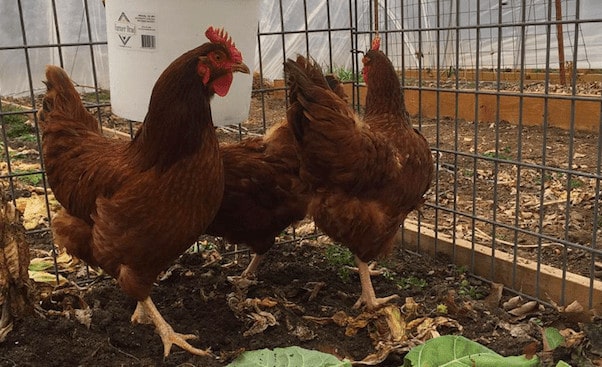
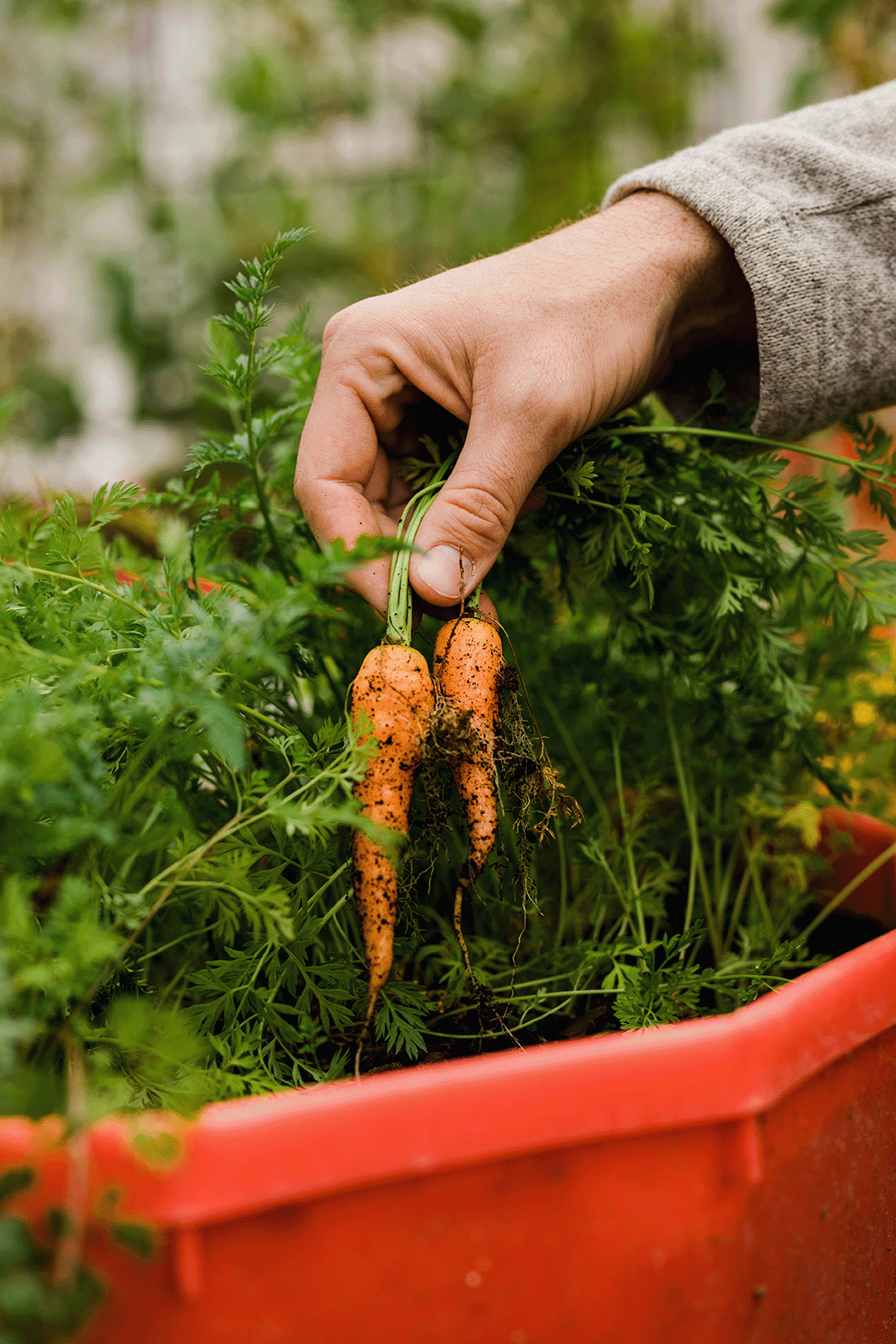
Hobby Farming Basics
Growing Your Own Food
To ease into growing fruits and veggies, Daniel recommends utilizing raised beds—garden beds that are built above ground as opposed to in existing soil. Commonly dubbed garden boxes, they require no tilling, are better looking than traditional in-ground gardens, harder for critters to access, less susceptible to weeds and crabgrass, facilitate better drainage, and can be temporary, moved, and planted earlier in the season. But, most importantly, he says they’re just a great solution for beginners. They cost a bit more up-front, but in many ways guarantee successful cultivation in the first year. “Simply create a box, add some soil, compost, seeds and water, and something’s bound to grow. Plus, it’ll help you learn how much space and other inputs are needed for various species to go from seeds in the ground to food on the table.”
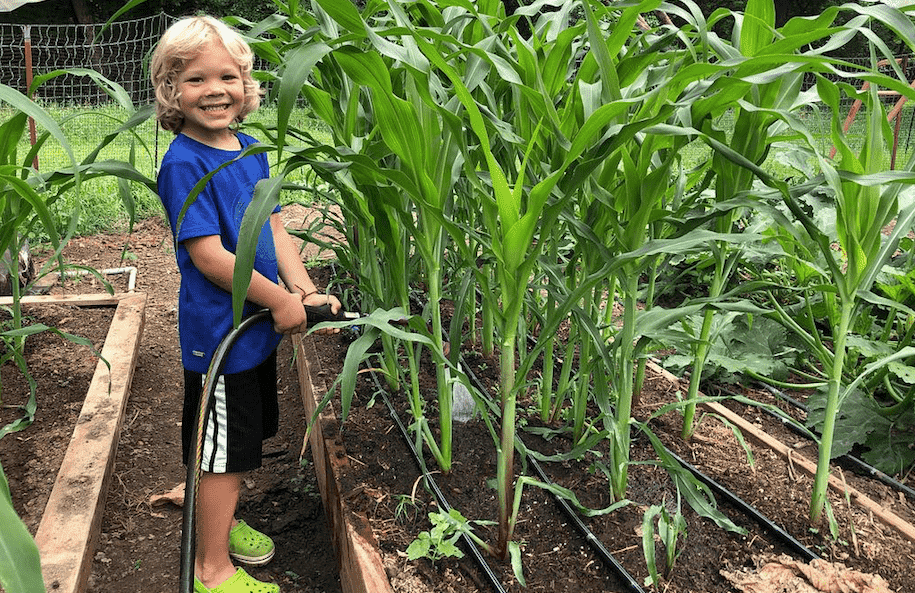
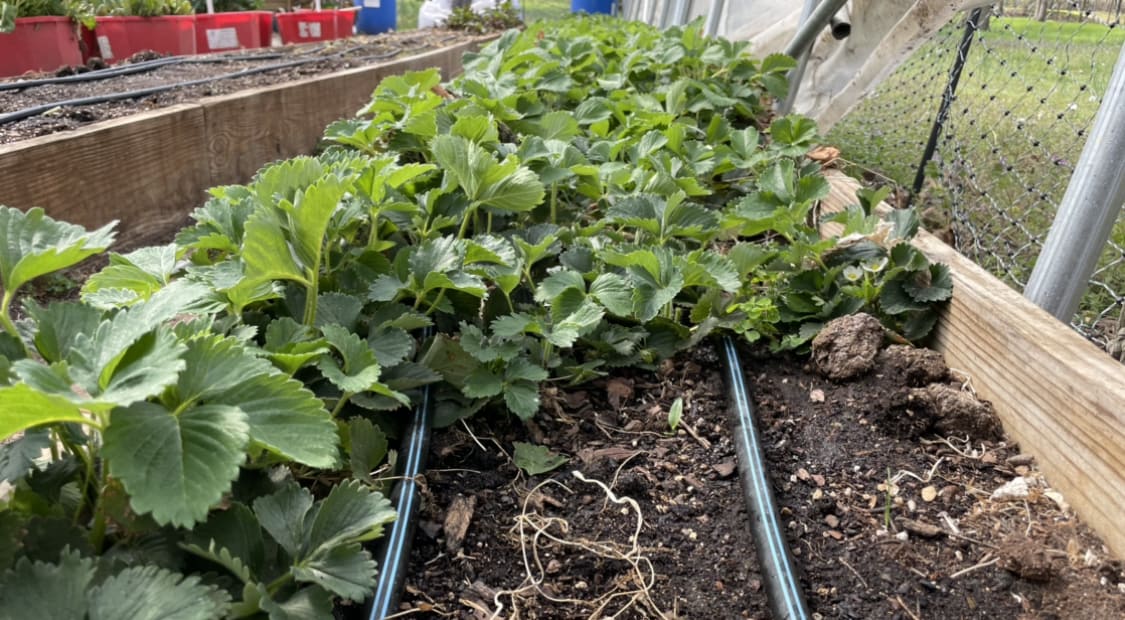
Come alongside landscape designer and Done-In-A-Weekend Projects host Doug Scott in this “Raised Garden Bed Build With Joe Lamp’l” video for an inside look at how one’s actually constructed.

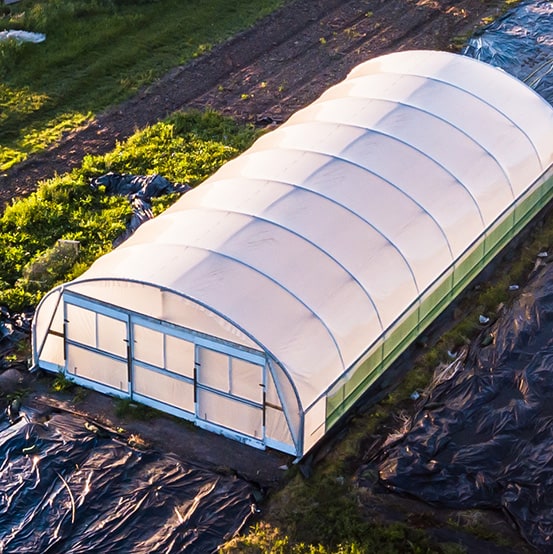
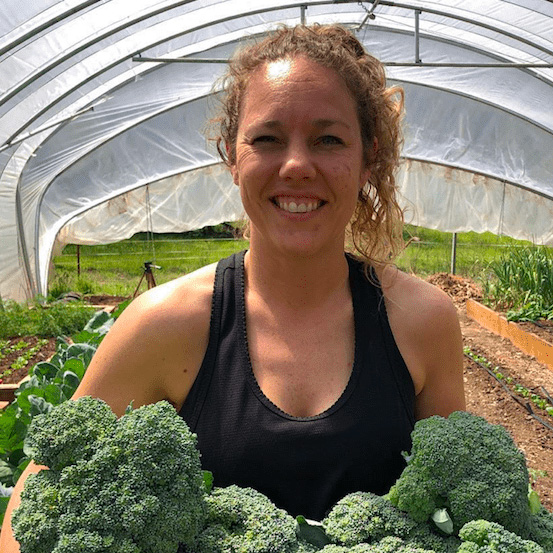
Once you have a handle on raised-bed gardening (or, are simply ready to move on to more advanced cultivation methods), Daniel says high-tunnel gardening is worth considering. Building and tending one has allowed him to extend the growing season, monetize excess yields… And, grow cooler-season kale, spinach, and other leafy varieties for the “green drinks” he and his family love tipping back!
Check out this “Daniel Arms’ High Tunnel Gardening Tips” video for the complete 411.
Other Cultivation Considerations
Whether you’re raised-bed or high-tunnel gardening, Daniel’s a big proponent of utilizing automated watering techniques—sprinklers, drip systems, or soaker hoses—to help save both time and money. “They’re a huge convenience, and help keep our family’s monthly water bill to a minimum,” he comments.

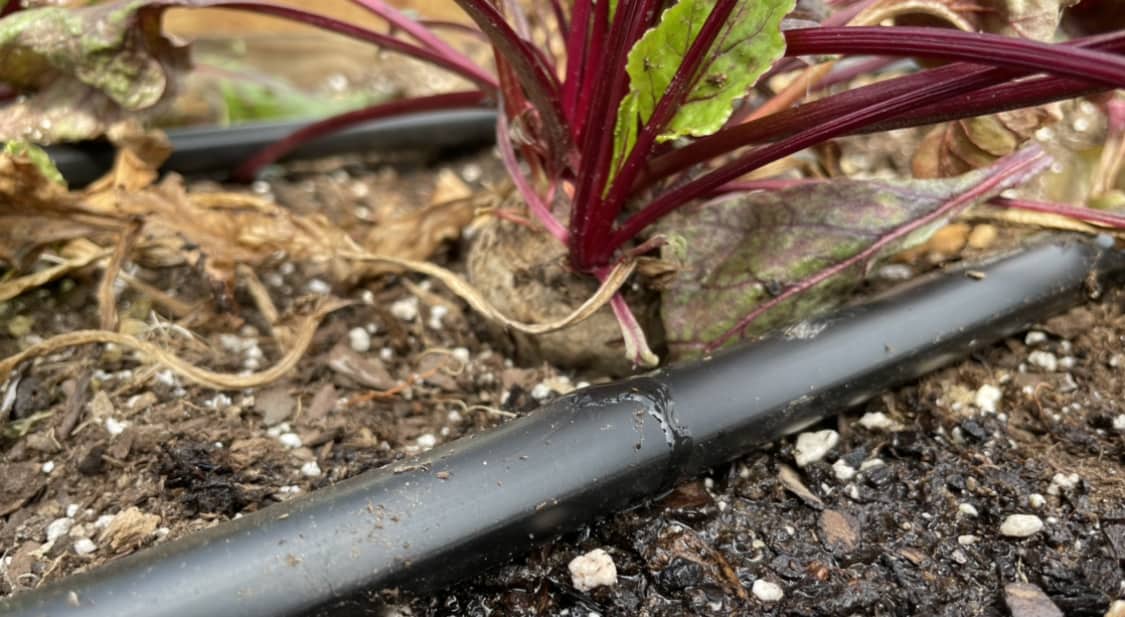
This “How to Install a Garden Drip Irrigation System” video illustrates how simple it is to go about building one of your own.
Finally, in addition to ensuring you have the necessary soil, amendments, fertilizer, water and sunlight, Daniel suggests locating your garden as close to your home as possible. Doing so, he says, will cut down on the time it takes to travel back and forth to it, hence freeing up time to actually tend and harvest it.
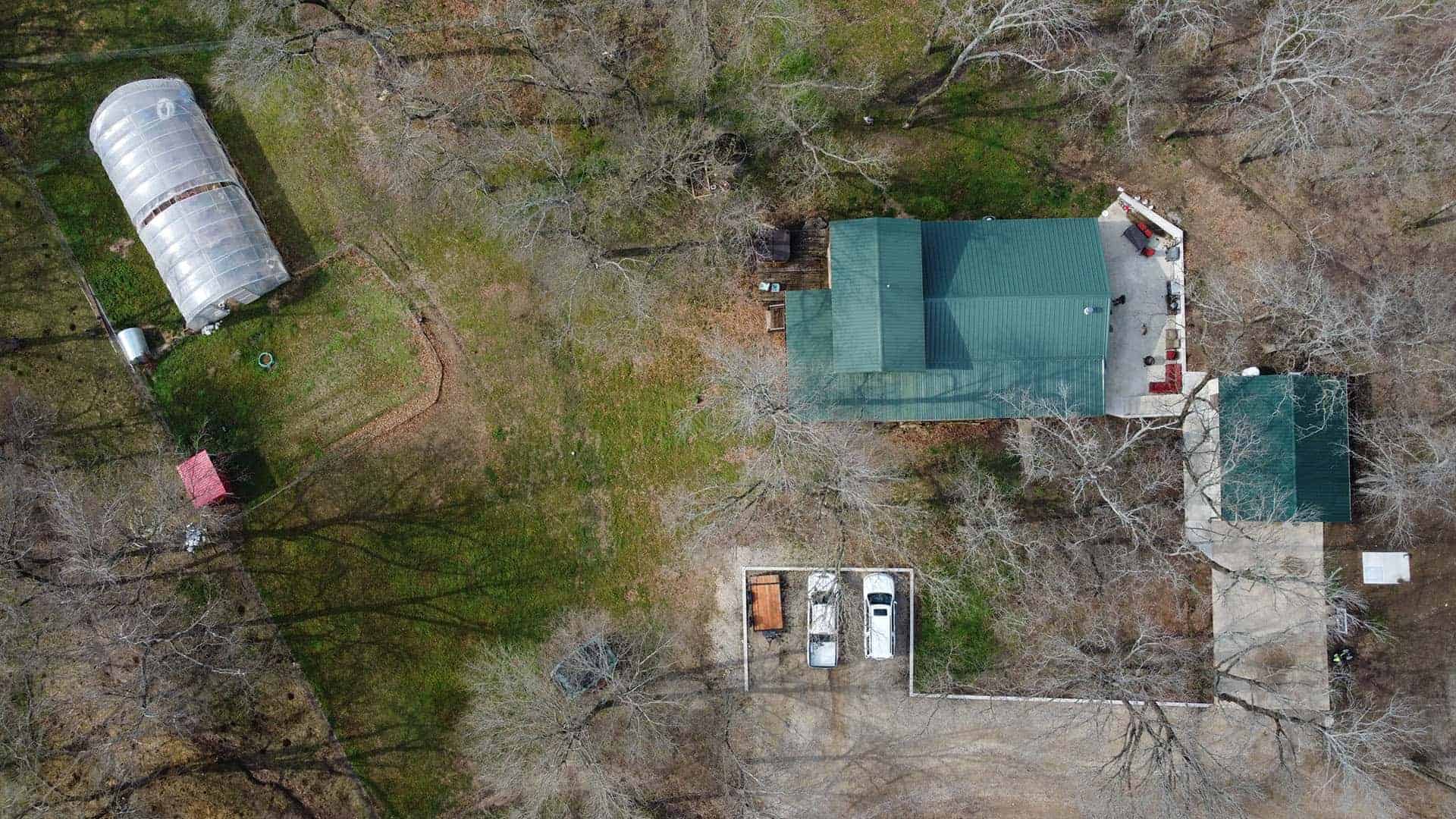
Raising Animals for Food
Animal husbandry—raising and processing domesticated animals for meat, milk, or other products—is another way to put organic, protein-rich food on your family’s dinner table.
To get started, Daniel strongly recommends picking a small number of low-maintenance/low-investment species like chickens (jokingly considered the “gateway drug to livestock”), then determining the linear tasks—feeding, sheltering, caring for, butchering, and processing—involved in raising them. Finally, be sure to build the necessary infrastructure (pins, coops, etc.) before you purchase them.

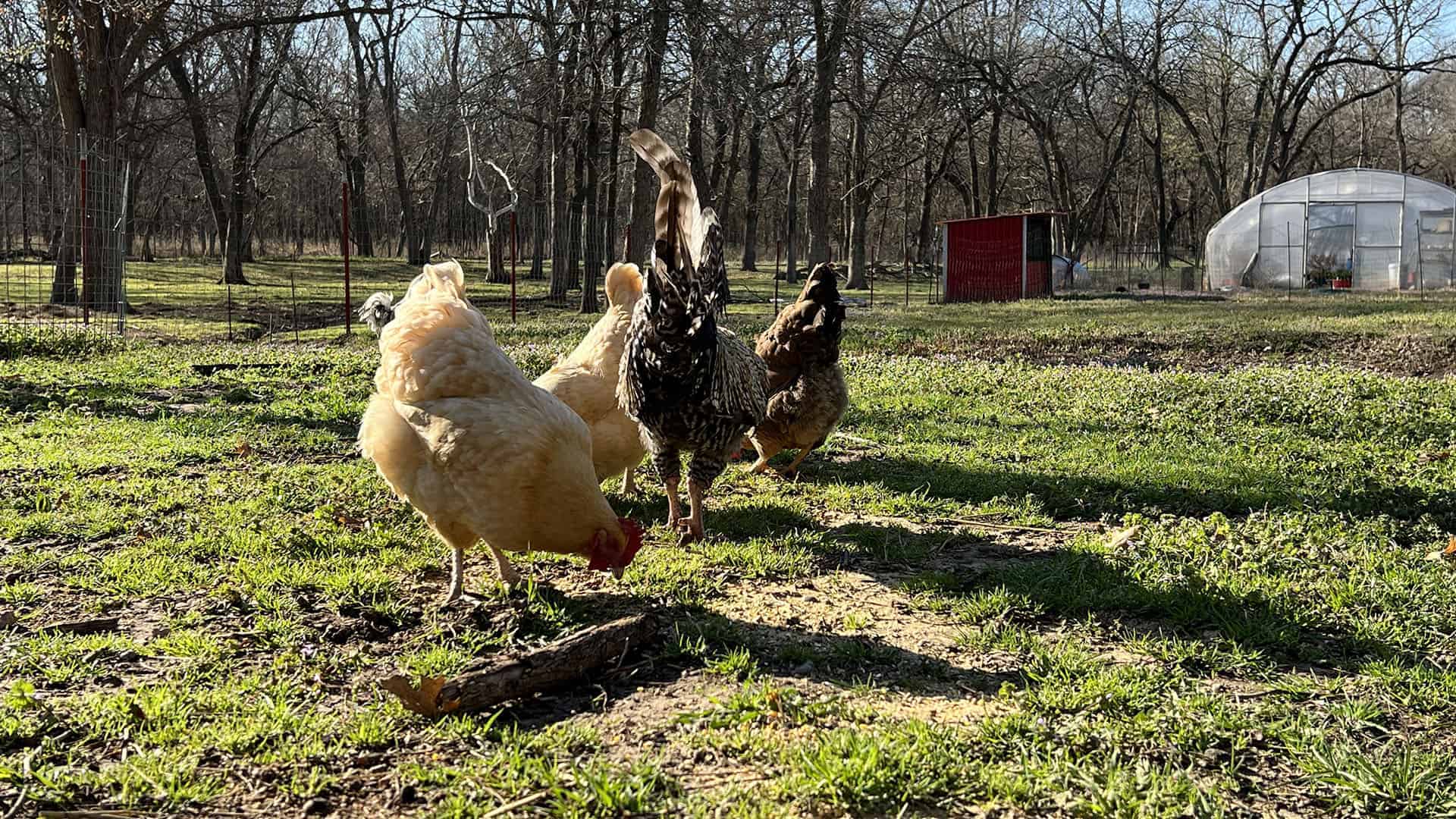
Besides chickens, Daniel thinks pigs are the second-most-manageable species. Namely, he says, “because they don’t require elaborate, expensive infrastructure, and there’s only a six-month turn-around time from weaning to processing them.” Meat goats and cows are other common animals, with the latter unquestionably requiring the most energy and expense to raise.
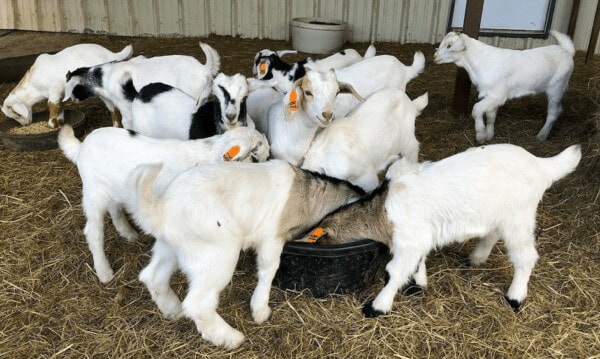
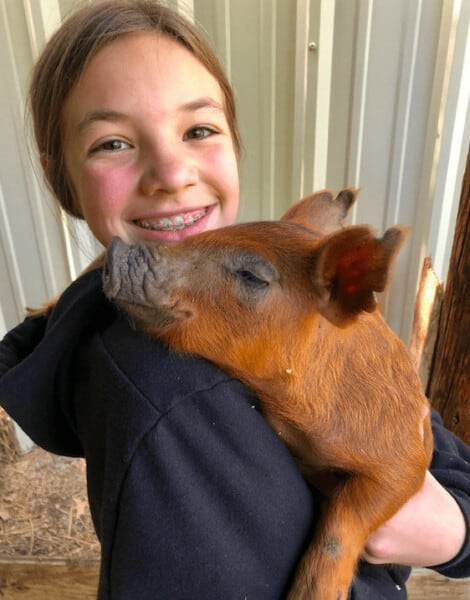
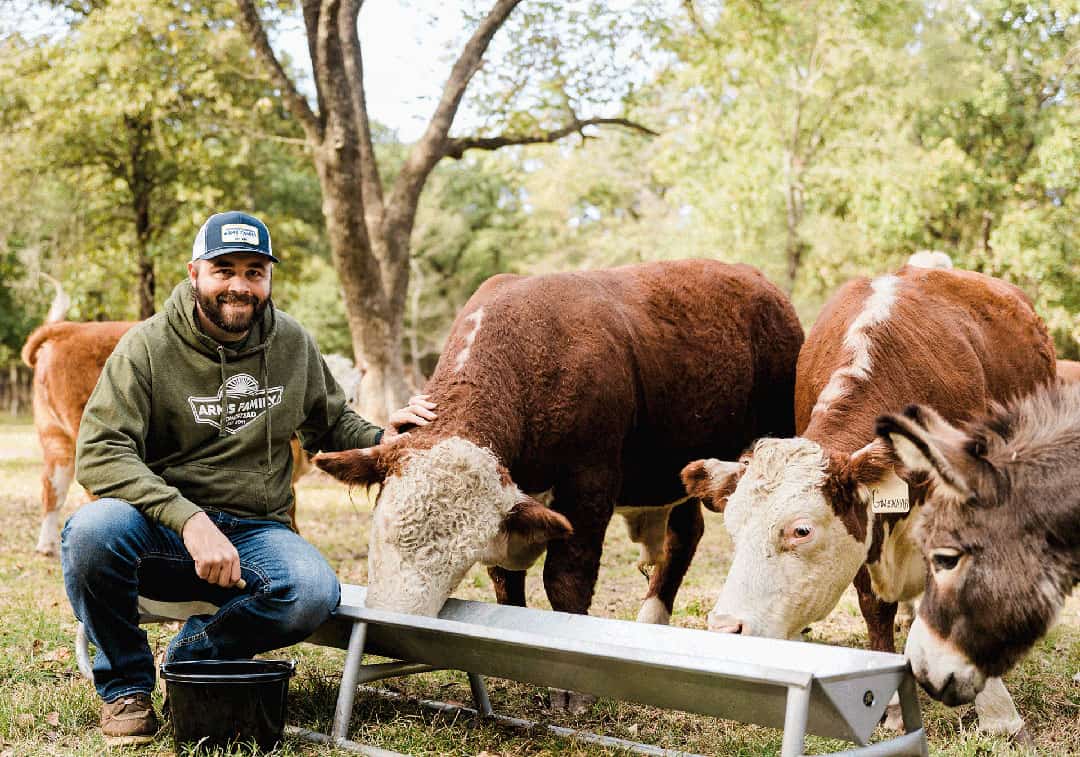
Harvesting Wild Game
For rural properties with the right mix of natural and wildlife resources, hunting and fishing is another opportunity for owners to supplement their family’s foodstuff. And for many like Daniel, it’s a recreational lifestyle extension that allows them to spend quality one-on-one time with family and friends, too. “I learn a lot about my kids when we sit out in the woods for three hours deer hunting. It’s great family bonding time, and being able to put food in our freezer is just an added bonus.”
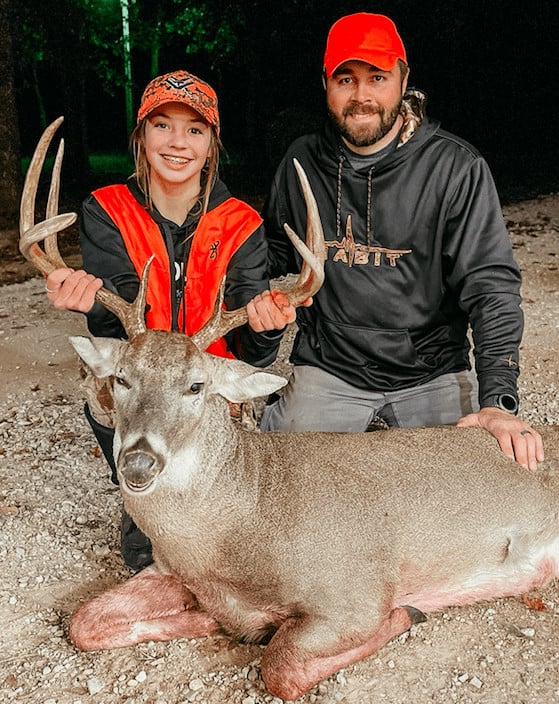
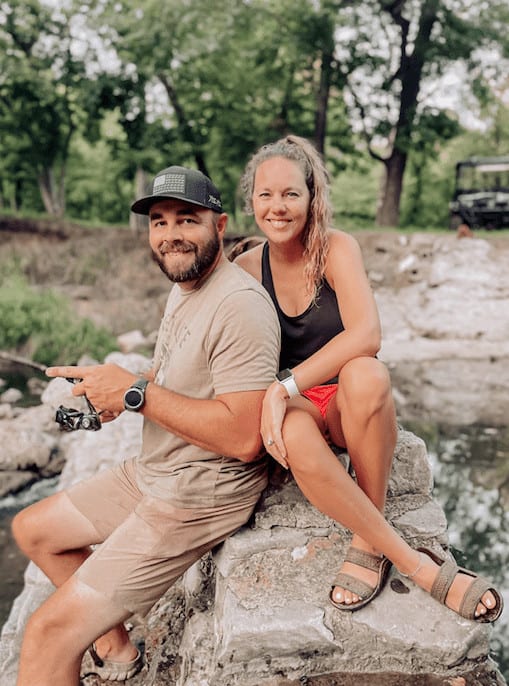

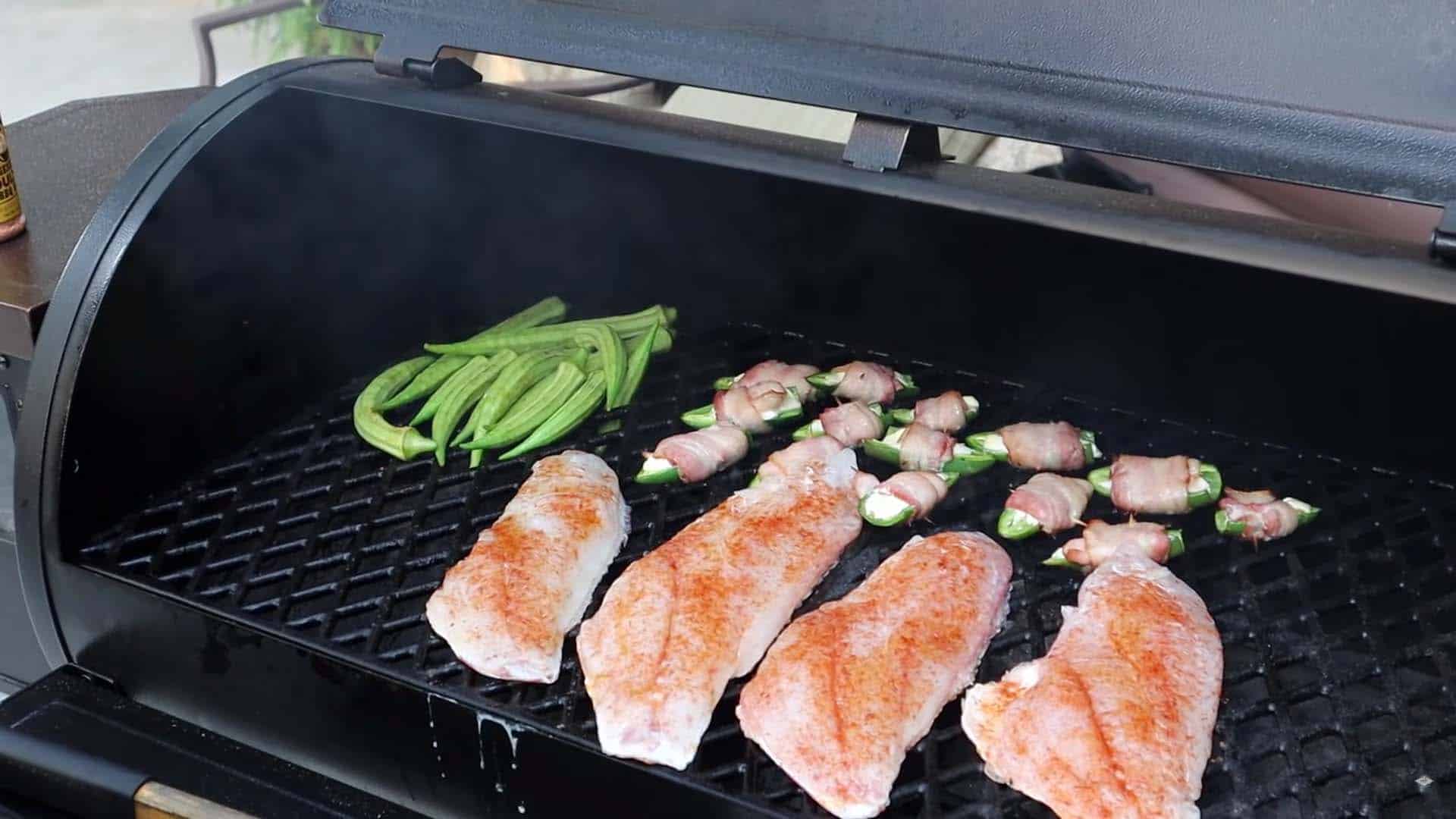
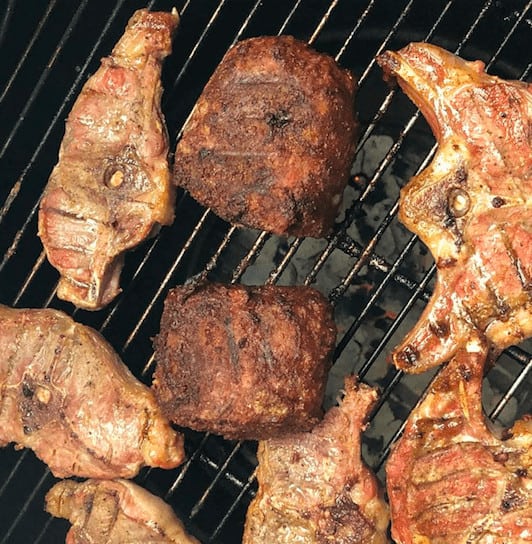
When the Arms family isn’t harvesting whitetail or catching white bass, they’re cooking both up. Feast your eyes on “Daniel Arms’ Top Venison Recipe” and his “White Bass Taco Recipe.”
Weathering the Elements
To cultivate plants and raise animals successfully, both you and the infrastructure needed to raise them have to withstand the daily rigors that come with hobby farming.
For starters, prepare yourself for working the land in all matter of challenging weather conditions. “That means being willing (and able) to address things like providing your plants and animals with water amid sub-freezing conditions,” Daniel says.

You’ll also need to ensure your property’s infrastructure—things like fencing and barns—are both constructed and laid out properly. “Barns, in particular, are the hub of any hobby farm, as they allow you to store feed—and actually feed animals—out of the elements,” he continues. While Daniel’s barn is quite expansive, he says a 10×20 store-bought shed can serve the same purpose just fine for many smaller-scale operations.
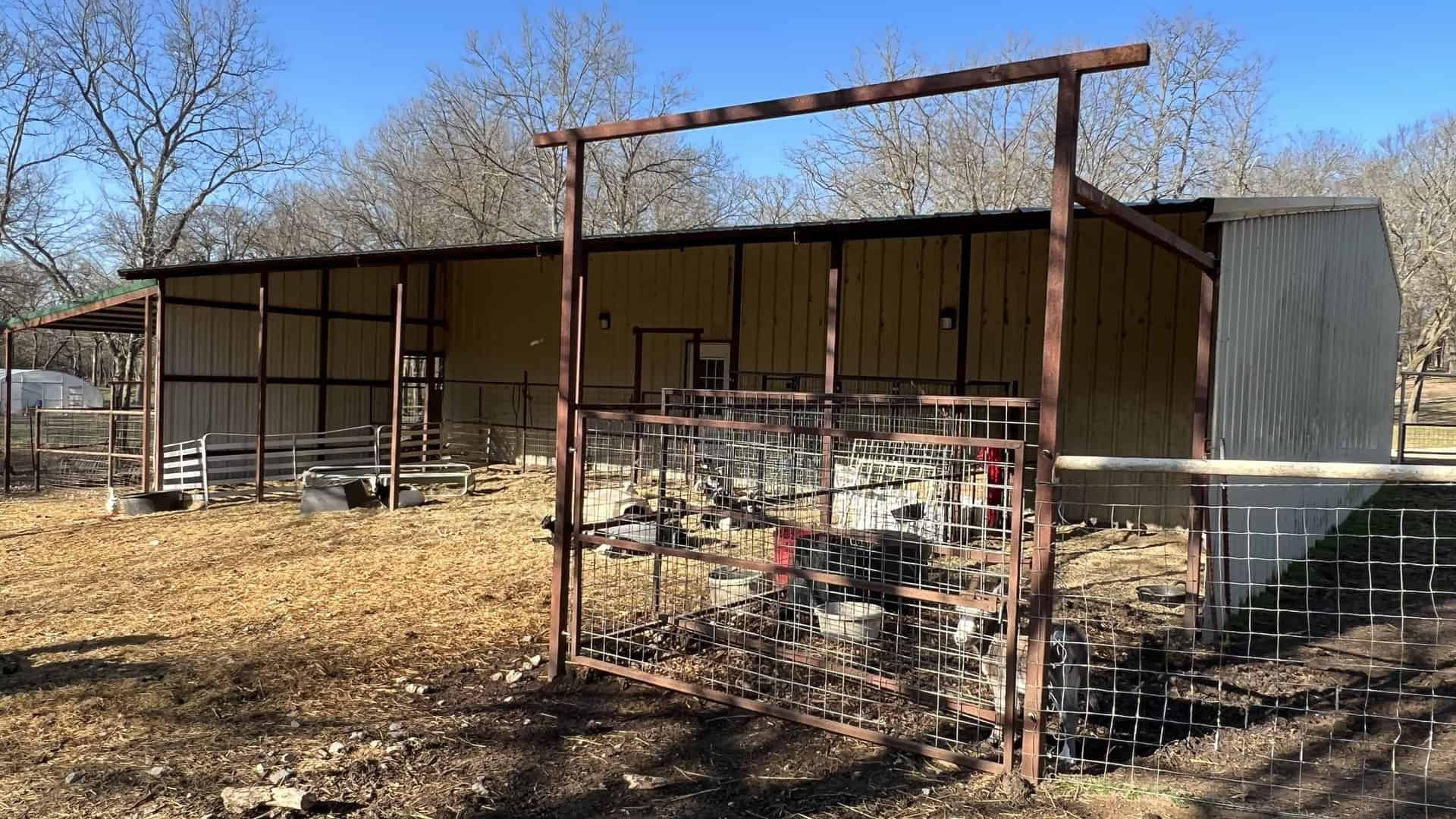
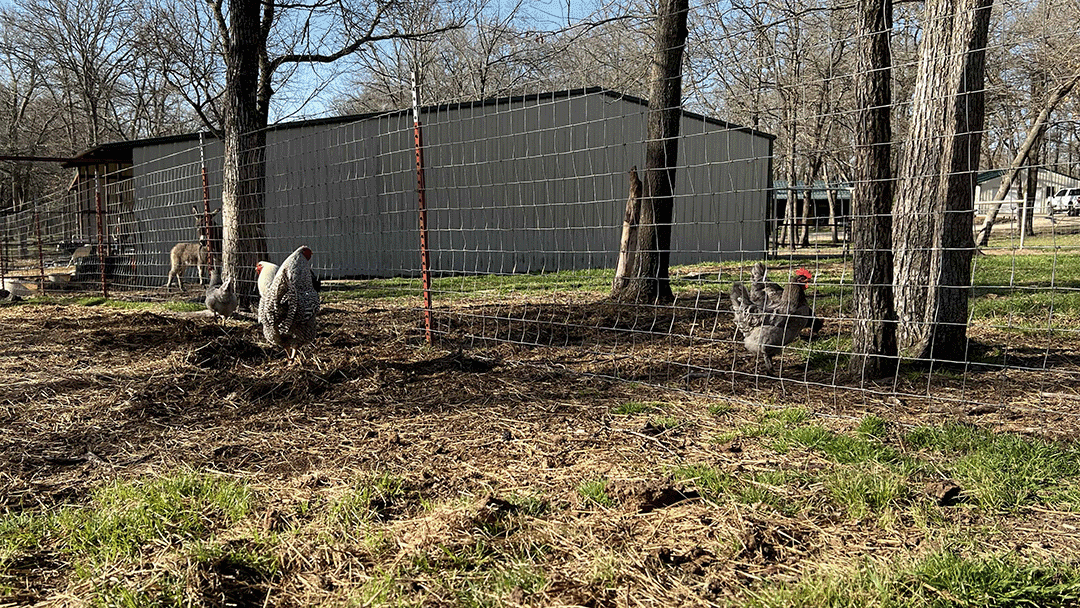
Homegrown Advantages
“Despite the responsibility and accountability that goes into rural property cultivation, the benefits are more than worth the effort,” Daniel remarks.
And, as long as you create and follow a goal- and ethos-oriented plan, your family will realize more than just fruits, vegetables, and meats that are more nutritious and flavorful than grocery store varieties. “Aside from added food security, growing your own food will instill a love of where it came from—and sense of pride in being part of that process!”

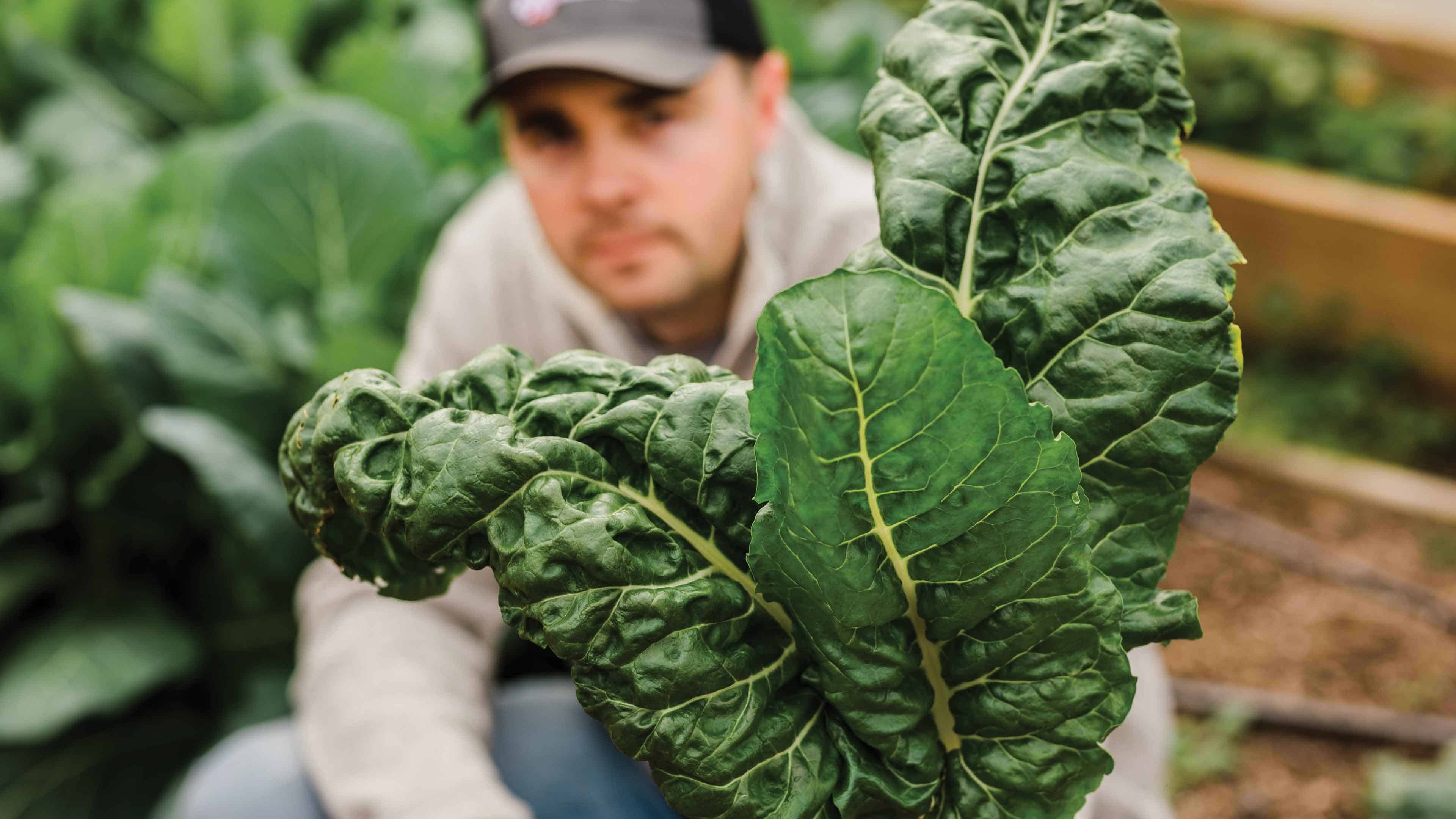
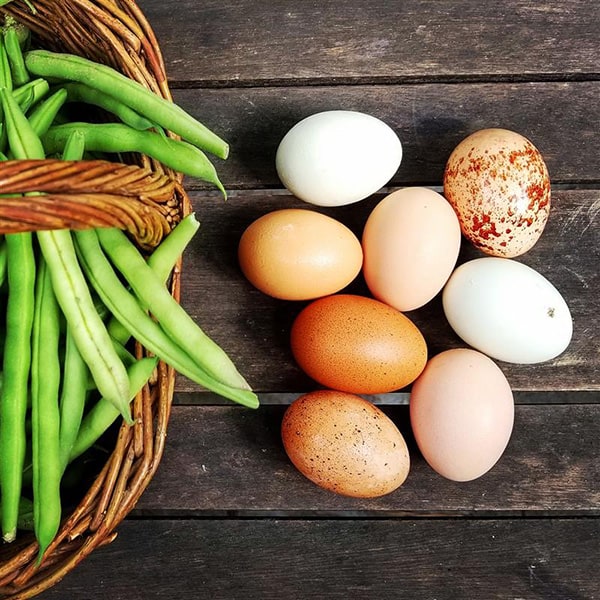
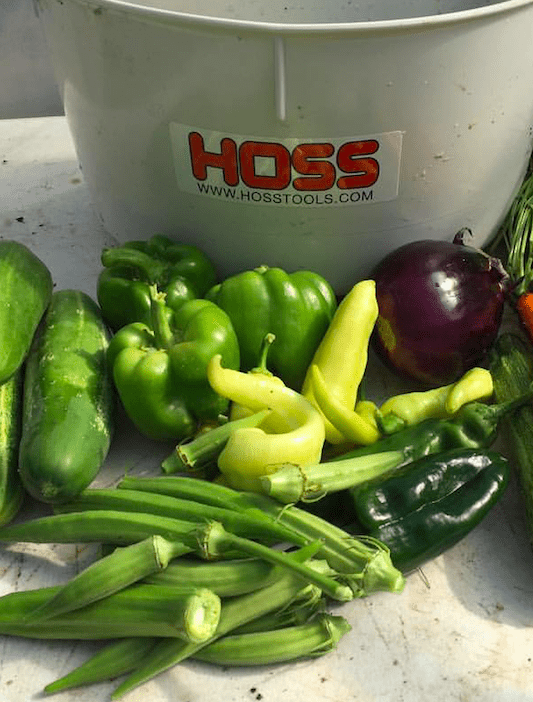
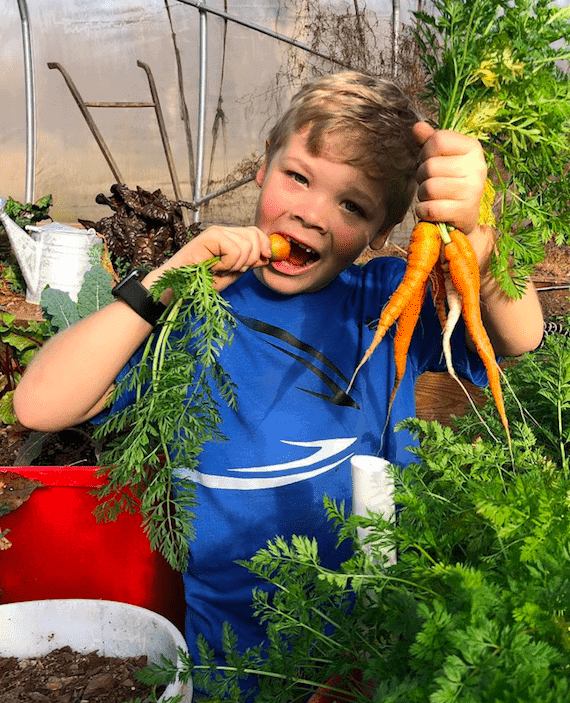
Get to know Daniel Arms, and follow the Arms Family Homestead on their social channels: Facebook, YouTube.



